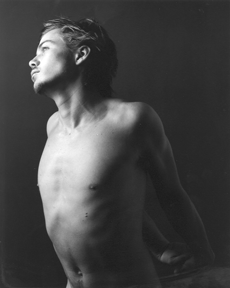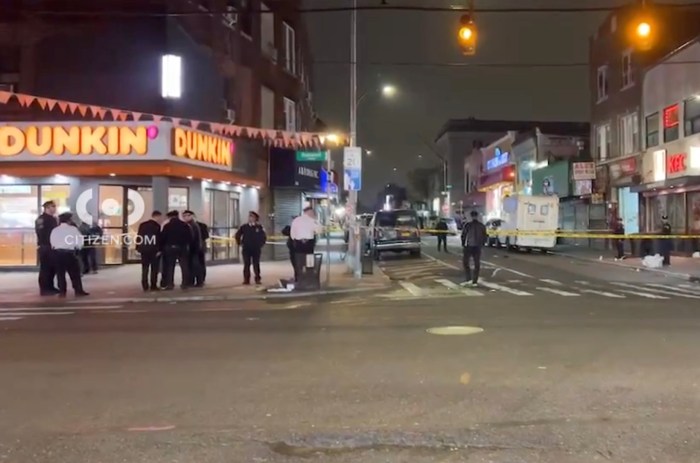Basic human principles rear their heads in group photo show
Photography’s realism is a breath of fresh air in this sea of modern manipulated media. Although the creative techno-push has resulted in an arts industry with vanishing boundaries, there is still a corporeal attachment to self-reflexive imagery. Using the combination of this inherent human interest and their standard of contemporary art, Envoy Gallery has chosen three photographers that visually represent humanity as both an individual and collective experience. Riddled with concepts of identity and anonymity, “(Un)masked” is an example of the ability to find personal meaning through simple, honest, non-manipulated imagery.
Crackerfarm, the collaboration of photographers Lindsey Rome and Mike Beyer, plays on a western, vintage-esque presentation that has been associated with the likeness of a traveling carnival. Each sepia-toned image introduces a non-fictional character encountered through personal experience, some with masks, some without. The masks, whether a bear head or a ghoulish creature, seem to contradict it’s function—instead of experiencing a separation from the subject in the image, the masks create a distraction from the individual, suggesting that anyone and everyone is in the photo. “Bear,” a photograph of a man wearing a bear mask and white briefs, with bubbles in the background, fails to make any obvious connections with each of its prop elements. As a whole, however, the image is a synthesis of memory and experience that can look ridiculous to one person but fantastic to the next.
Judy Linn’s photography is an invitation to the Chelsea Hotel room that Patti Smith and Robert Mapplethorpe began sharing in 1971. Featuring pictures of Smith, Mapplethorpe and Sam Sheppard, Linn’s black and white photography creates a voyeuristic view into the personal lives of these famous names. “Robert Mapplethorpe in bed at the Chelsea, #2” was a photo intended to help Mapplethorpe sell the jewelry he was making and ended up being a stylistic inspiration when he began his own career as a photographer. The playful photo shoot allowed Linn and Smith to experiment with different identities; Smith often liked to dress up as someone else, including Bob Dylan, and expected Linn to do the same.
George Duncan’s featured work in “(Un)masked” features striking, enlarged images of men in personally chosen poses. His expertise using creative lighting casts shadows and illuminates body definition, successfully eliminating any notion of fashion photography or ideas of nakedness for shock value. Duncan’s capture of natural postures creates expressions on the faces of the subjects that appear genuine and thoughtful. Using titles for his work such as “Derek,” “Patrick,” and “Jesse,” Duncan elicits personal interpretation rather than a forced analysis from the artist. Interestingly, although his subjects have no clothes on and the obvious focus would turn below the belt, one can’t help but stare at the calm gaze on their faces and try to imagine what they’re thinking.
gaycitynews.com


































